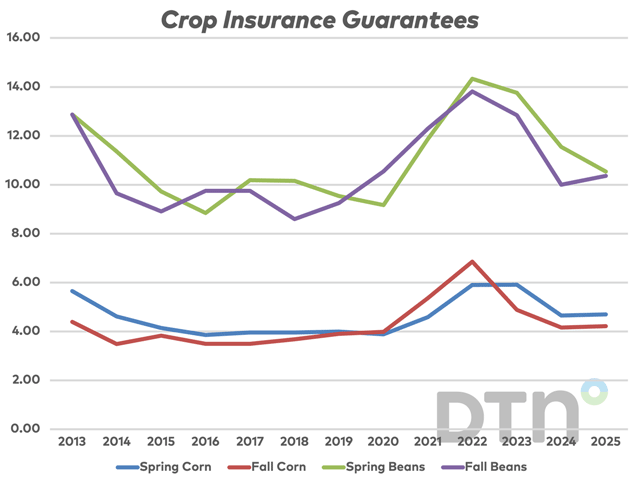DTN Oil
WTI Bounce Off 2-Week Low ahead of Outlook in Volatile Trade
WASHINGTON, D.C. (DTN) -- Extending the recent stretch of volatility into a fourth session Tuesday, oil futures nearest delivery on the New York Mercantile Exchange and Brent crude on the Intercontinental Exchange reversed higher in overnight trade as investors assessed accelerated economic growth in the United States and China against prospects for a muted demand recovery in Eurozone and parts of Southeast Asia, where double-mutant variant of coronavirus triggered an avalanche of new infections and regional lockdowns.
In early trading, NYMEX May West Texas Intermediate futures recouped 85 cents to trade at $59.48 bbl after shedding nearly $3 in afternoon trade Monday and the June Brent contract on ICE gained 67 cents to hover just below $63 bbl. Both contracts fell more than 4% on Monday. NYMEX May ULSD futures faded overnight gains to trade near $1.7872 gallon, still up 1.47 cents from Monday's settlement, and NYMEX May RBOB futures advanced 2 cents to $1.9815 gallon.
Slowing the advance was a rebound in the U.S. dollar index in early trading following its biggest decline in three weeks on Monday to trade near 92.765 against the basket of foreign currencies, while benchmark 10-year Treasury notes yields held at around 1.705%.
P[L1] D[0x0] M[300x250] OOP[F] ADUNIT[] T[]
Early gains by oil futures follow an overnight release of China's purchasing managers' index for March showing businesses activity in services expanded at the fastest rate in three months. At 54.3, China's Caixin PMI rebounded 2.8 points from February's 10-month low of 51.5, led by an increase in consumer discretionary spending.
The sentiment was further spurred by a blowout reading for the U.S. service sector, the largest and most important industry for the economy, showing business activity climbed to a record high reading of 63.7% in March. The Institute of Supply Management data showed service providers benefiting from states easing COVID-19 restrictions and an accelerated pace of daily vaccinations. The country hit a single-day record of four million doses on Saturday, bringing the seven-day average rate to over three million vaccinations last week. Bloomberg estimates that at the current rate it will take just three months to cover 75% of the U.S. population -- a percentage cited as achieving herd immunity.
Despite the benefit for society in the quickened pace in U.S. inoculations, the resurgence of COVID-19 infections in India, Latin America and continental Europe challenge the assumption that we will see a strong global demand recovery in the second half of the year. India, a country of some 1.4 billion people, is now facing the second wave of infections triggered by a so-called "double-mutant" variant of the coronavirus, E484Q and L452R, believed to be more transmittable and evading the body's natural defenses.
"COVID-19 cases in India are rising very different from a year ago when the rate of increase seemed a lot less rapid," said Ramanan Laxminarayan of the Center for Disease Dynamics, Economics and Policy in New Delhi.
The first U.S. case of a "double-mutant" variant was detected in the San Francisco area on Monday, raising concern by public health officials.
Concern oil demand would be strong enough to consume additional production coming online in May triggered aggressive selling in WTI and Brent futures on Monday, sending both contacts to their lowest settlements in two weeks. Since OPEC+'s April 1st meeting when officials agreed to unwind some of their production cuts over the next three months with additional barrels from Iran also moving into the market, volatility in crude futures spiked over 5%.
Under the new agreement, OPEC+ will raise production by 350,000 bpd in both May and June and by 441,000 bpd in July. Over the same period, Saudi Arabia will gradually unwind an additional unilateral cut of one million bpd. Saudi oil minister Prince Abdulaziz bin Salman Al Saud said during a news conference on April 1 after the meeting that OPEC+ remains flexible should demand failed to materialize.



